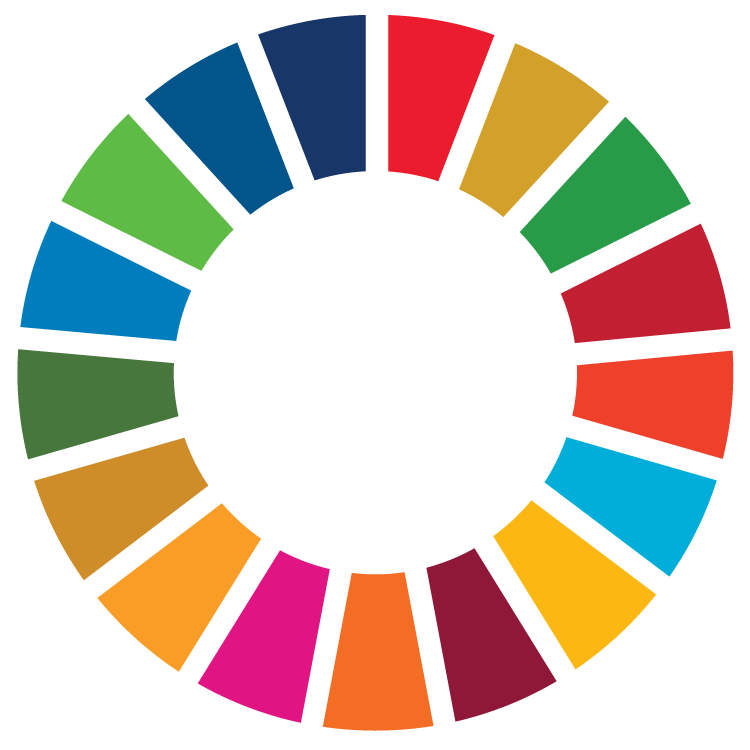
Text original
Aquesta assignatura s'imparteix en català. El text original d'aquest pla docent és en català.
Texto traducido
Esta asignatura se imparte en catalán. El plan docente en español es una traducción del catalán.
La traducción al español está actualizada y es equivalente al original.
Si lo prefieres, ¡consulta la traducción!
Text created with automatic translation
The language of instruction of this subject is Catalan. The course guide in English is an automatic translation of the version in Catalan.
Automatic translation may contain errors and gaps. Refer to it as non-binding orientation only!
Course
Multimedia. Applications and Video Games
Subject
Composition and Design
Type
Basic Training (BT)
Academic year
1
Credits
6.0
Semester
1st
| Group | Language of instruction | Teachers |
|---|---|---|
| G15, classroom instruction, mornings | Catalan | Hector Ivan Navarro Guere |
Sustainable Development Goals (SDG)

- 4. Quality education
- 5. Gender equality
- 8. Decend work and economic growth
- 12. Responsible consumption and production
Objectives
The aim is to offer introductory training in graphic design as a component of visual communication. Special emphasis is placed on the main concepts and tools that revolve around the design of graphic information. In detail, the aim is to:
- Acquire knowledge about composition principles: synthesis, organization and specialty, color, etc. using professional computer software.
- Propose creative, practical and effective solutions to the problem at hand.
- Learn about the possibilities of representing three-dimensional objects through isometric vector drawing.
- Control and coordinate teamwork and autonomous work.
Learning outcomes
- Shows skills for creative spatial vision in graphic and artistic expression.
- Learn about digital graphic design tools.
- Apply their knowledge to solving problems in complex or professional and specialized work areas that require the use of creative and innovative ideas.
- Communicates knowledge, methodology, ideas, problems and solutions to all types of audiences (specialized or not) in a clear and precise manner.
Competencies
General skills
- Desire to take part in lifelong learning, innovate, create value and acquire new knowledge.
Specific skills
- Apply techniques and tools of artistic expression and graphic representation with creative spatial awareness through digital technology.
Basic skills
- Students can communicate information, ideas, problems and solutions to both specialists and non-specialists.
Core skills
- Display professional skills in complex multidisciplinary contexts, working in networked teams, whether face-to-face or online, through use of information and communication technology.
Content
- Introduction to design
- Graphic design and the communication process
- Fundamentals of graphic communication
- Shape and space
- Visual language
- Composition, representation
- Color. Perceptual and functional aspects
- Formats, grid and the modulation of space
- Organization and meaning
- Applied typography
- Text-image relationship. Readability and visibility
- Page space / screen space
Evaluation
Individual practices
- Practice 1: 10%
- Practice 2: 15%
- Practice 3: 15%
Group practices
- Practice 4: 15%
- Practice 5: 20%
- Practice 6: 25%
In each practice the following is evaluated:
- Participation observation: 10%
- Monitoring of work done: 15%
- Specific tests (exams): 25%
- Work/project completion: 40%
- Public defense of projects:10%
It should be noted that:
- There are individual and group practices.
- No work will be accepted after the due date.
- No extraordinary evaluations or repechage are foreseen.
- The final grade is the sum of the grades of the practicals.
- Practices developed solely outside the classroom, without the supervision of the teacher, are not accepted.
- It is essential to respect the delivery dates.
Methodology
The subject consists of face-to-face class sessions and activities led by the teacher. During the weekly sessions, there are master classes, practical exercises, tutorials, public correction of work, etc. In addition to the work in the classroom, the student must dedicate extra time to personal work on the subject to consolidate knowledge. The assessment is continuous, therefore class attendance is mandatory. It is also necessary to consult the course activities in the work plan.
This is a practical subject, in which in each practice you must achieve:
- Concept: approach, coherent and argued development of the idea
- Process: systematic and progressive development of practices
- Method and synthesis: includes attendance and active participation in class
- Innovation: creative response that provides differential value
- Presentation: perfection and technical quality; attention to detail
Bibliography
Key references
- Navarro Güere, H. (Ed.) (2010). Disseny gràfic i disseny web: Breus lliçons sobre història, teoria i pràctica. Eumo.
Further reading
Teachers will provide complementary bibliography and compulsory reading throughout the course via the Virtual Campus.